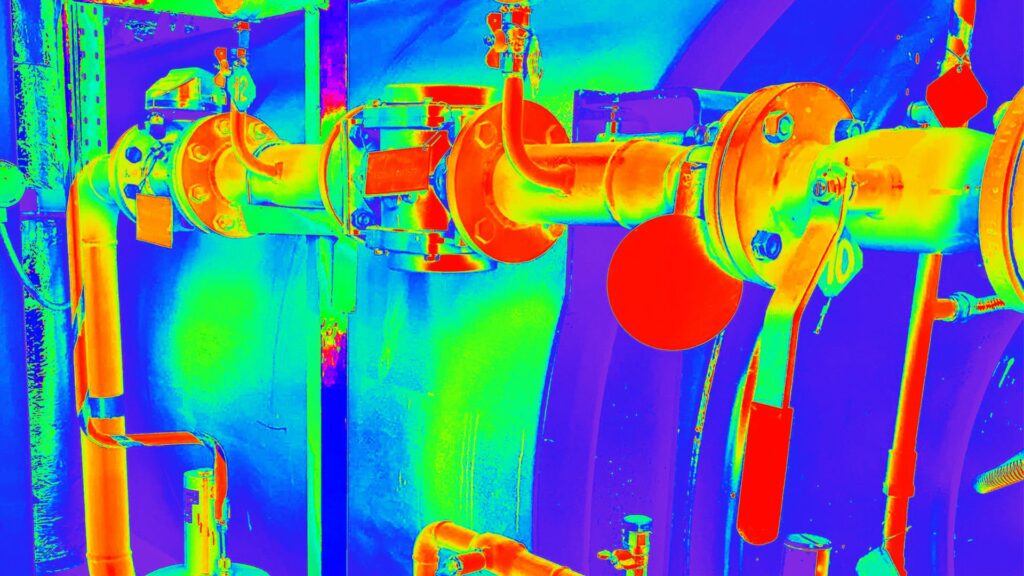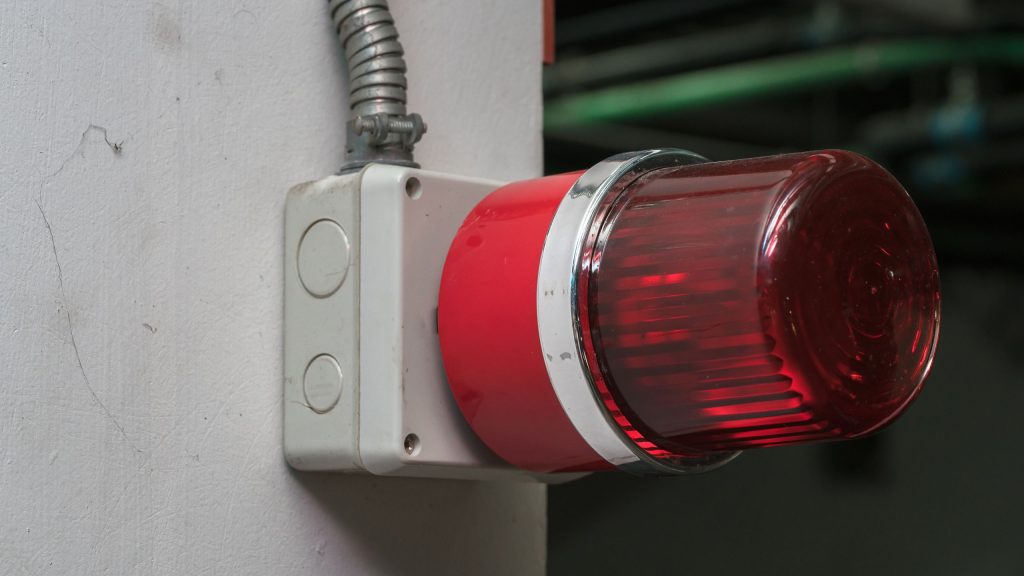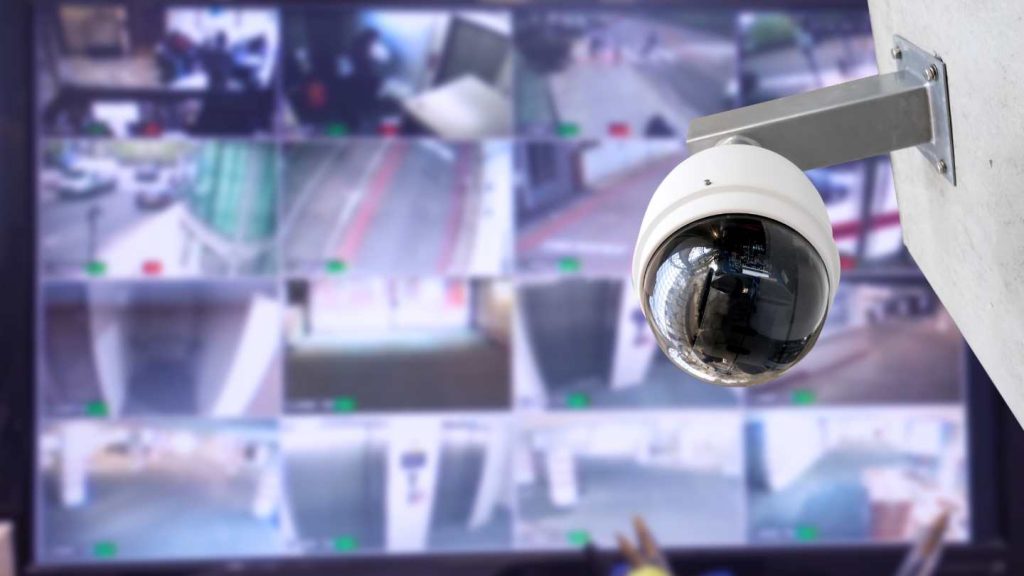The oil and gas industry is one of the most hazardous environments to work in and requires constant monitoring and surveillance in order to ensure safety and security.
Thermal cameras in the oil and gas industry have become a popular tool used in various applications particularly in the areas of safety, maintenance, and troubleshooting.
Uses of Thermal Cameras
Leak Detection
Thermal imaging cameras can detect leaks in pipelines and equipment by visualizing temperature variations. Leaking fluids often cause temperature changes in the surrounding area, which can be captured by the thermal camera. This helps identify and locate potential leaks, preventing accidents and minimizing environmental damage.
Equipment Inspection
By detecting abnormal heat patterns, thermal cameras can identify potential issues like overheating motors, faulty electrical connections, or malfunctioning components. Therefore, they are used for regular inspections of equipment, such as tanks, valves, and pumps, allowing for timely maintenance, preventing costly breakdowns and optimizing operational efficiency.

Preventive Maintenance
Infrared thermography is a valuable tool for preventive maintenance programs. By regularly scanning critical equipment and infrastructure, thermal imaging cameras can identify areas of concern before they escalate into major problems. This proactive approach helps prevent unplanned downtime, extends equipment lifespan, and reduces repair costs.
Fire Detection
By detecting abnormal heat patterns, hotspots, or smoldering conditions, these cameras can trigger alarms and alert operators to potential fire hazards. Thermal imaging cameras play a vital role in fire prevention and protection, ensuring early detection which enables rapid response and minimizes the risk of catastrophic fires in oil and gas facilities.
Personnel Safety
Thermal imaging cameras are used for personnel safety, especially in environments with potential exposure to high temperatures, such as refineries or offshore platforms. These cameras can help identify hot spots, overheating equipment, or areas with extreme temperatures, allowing operators to take appropriate precautions and avoid accidents or injuries.
Environmental Monitoring
In oil and gas operations, thermal imaging cameras are used to monitor and detect potential environmental impacts. By identifying temperature anomalies, such as abnormal heat emissions or leaks, these cameras assist in the early detection of environmental hazards and enable prompt mitigation measures.
Get the Right Team
The use of thermal cameras in the oil and gas industry provides a non-intrusive and efficient method for detecting and monitoring temperature variations. Their use enhances safety, minimizes downtime, reduces environmental risks, and improves overall operational efficiency.
Vivo Asia has over 10 years of experience and expertise in installing CCTV systems with thermal cameras for harsh and hazardous environments. The team is well-versed in industry compliances and has partnerships with some of the best brands in the industry such as Pelco.


